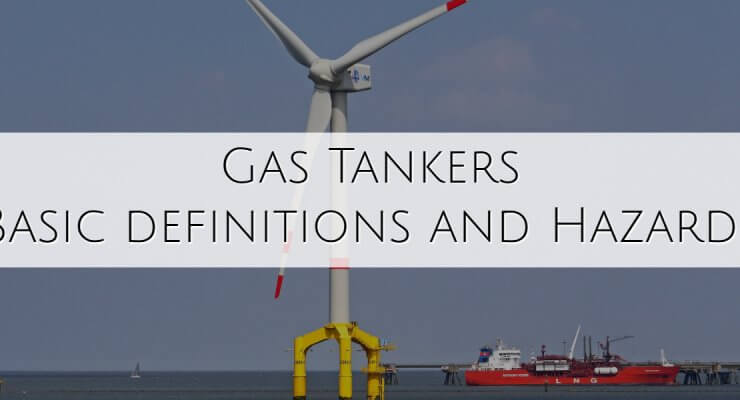Transportation of Liquefied Gases by Sea General For economical marine transportation, gas is carried in a liquefied state. As a liquid, the volume to weight ratio at atmospheric pressure is in the range of 650 times less than in the gaseous state. That means we can carry 650 times more cargo in the liquid state as compared to a carriage in the gaseous state.The temperature at which a gas condenses is a function of its pressure. The combination of pressurising and cooling is, therefore, fundamental to gas carrier design. Some ships carry gases liquefied under pressure & others under … [Read more...]
